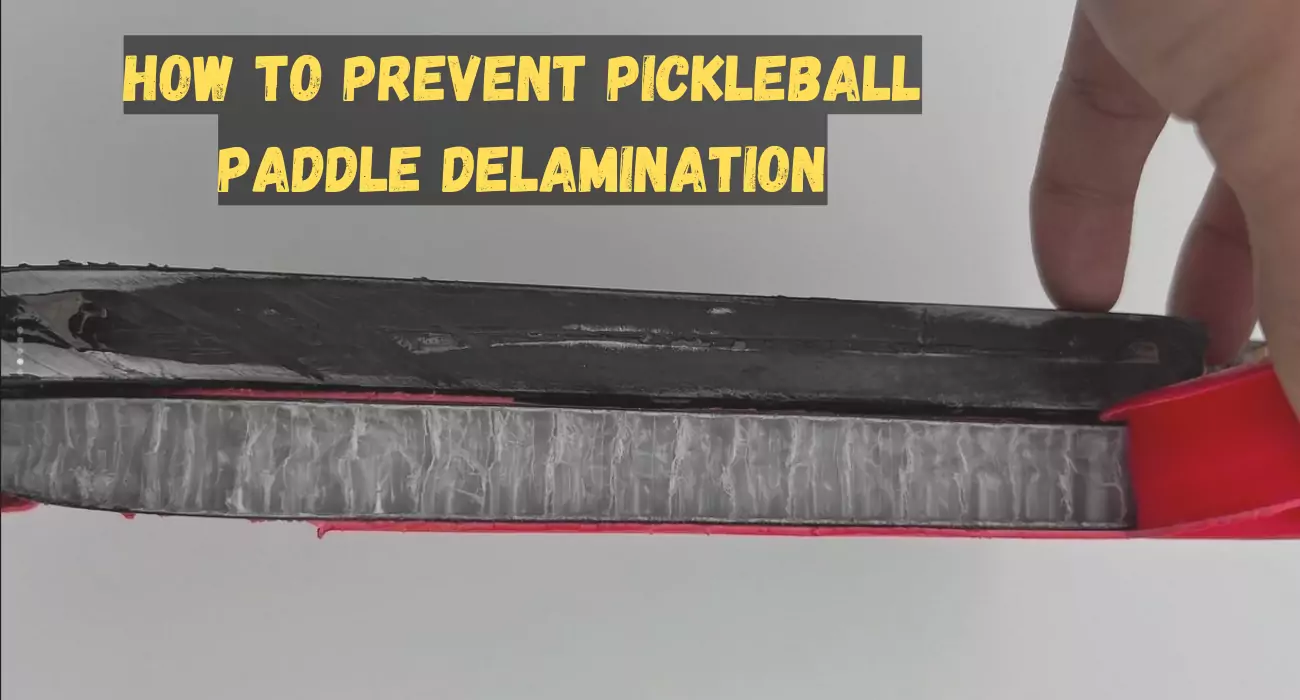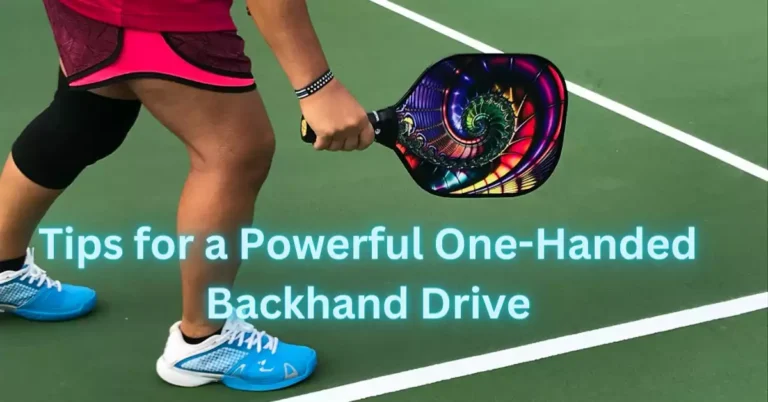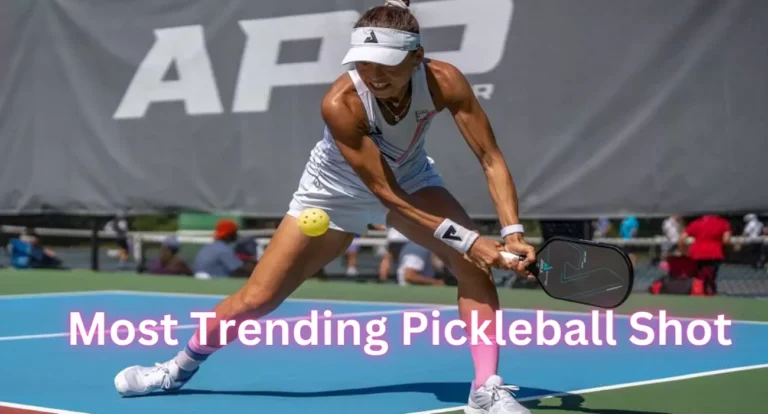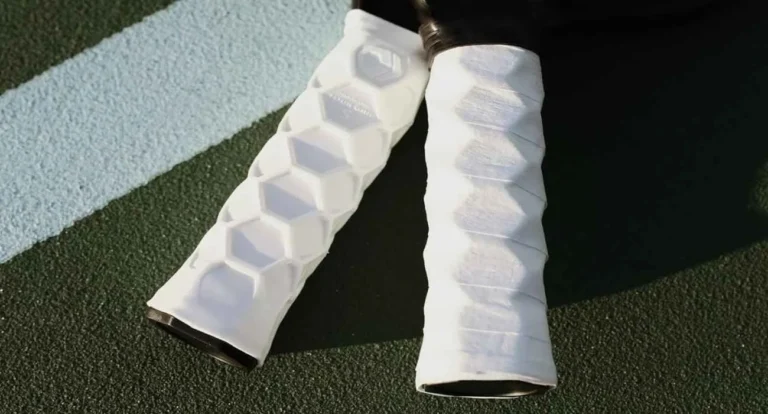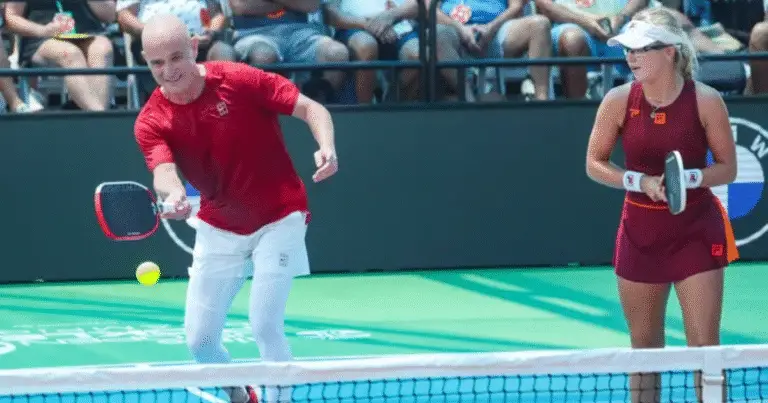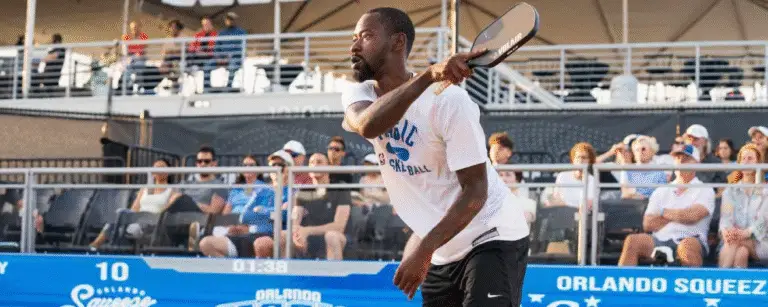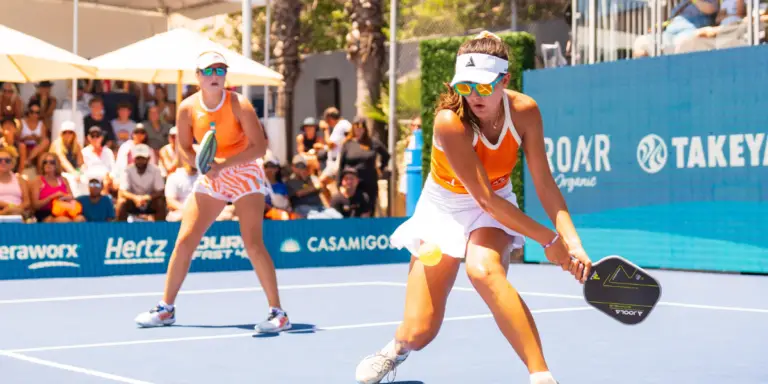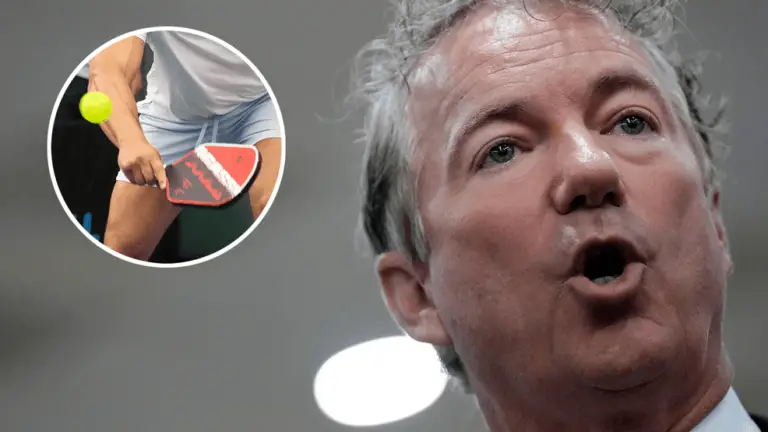Pickleball paddles are a crucial part of the game, and delamination can be a frustrating and costly problem for players. Delamination occurs when the layers of the paddle separate, causing a loss of pop, control, and overall performance. However, with proper care and maintenance, you can prevent delamination and extend the life of your paddle.
What Is Pickleball Paddle Delamination?
Over time, pickleball paddles can develop a frustrating issue known as delamination, where the various layers of the paddle begin to separate. This typically occurs between the face and core, leading to a decline in performance and playability. Prolonged use, subpar manufacturing, and harsh weather conditions can all contribute to this problem.
As delamination progresses, the paddle’s hitting power and accuracy suffer, making it more challenging to control the ball. Additionally, the sound produced when the ball strikes the paddle changes, creating an unwanted distraction during games. It’s essential to address delamination issues promptly to maintain optimal paddle performance and ensure an enjoyable playing experience.
Store Your Paddle Properly
To keep your pickleball paddle in top condition, it’s important to store it properly. Always store your paddle in a dry place, away from direct sunlight and extreme temperatures. Moisture can cause the layers of the paddle to separate, while extreme temperatures can cause the materials to expand and contract, leading to damage and delamination. Avoid leaving your paddle in a car or garage where temperatures can fluctuate uncontrollably.
Instead, consider investing in a protective case or cover for your paddle when not in use. This will provide an extra layer of protection against potential damage, including delamination, and help extend the lifespan of your paddle. By storing your paddle properly, you can maintain its performance and enjoy playing pickleball to the fullest.
Avoid Playing in Extreme Weather
Playing pickleball in extreme weather conditions can hurt your paddle’s quality and performance. While it may be tempting to play regardless of the weather, it’s best to avoid playing in high humidity, rain, or extreme temperatures. Prolonged exposure to these conditions can cause the materials to expand and degrade, leading to damage and delamination.
If you must play in extreme weather, it’s essential to take precautions to minimize the impact. Limit your playing time, dry the paddle off after use, and store it properly to help protect your paddle and maintain its performance. Remember, it’s always better to prioritize your paddle’s health and wait for better playing conditions.
Regularly Inspect the Paddle
Using a worn-down pickleball paddle can have several negative consequences for both the player and the paddle. It can significantly reduce the power and accuracy of shots, cause discomfort in the wrist and forearm muscles, and even shorten the paddle’s lifespan. To avoid these issues, it’s essential to regularly inspect your paddle for any signs of wear and tear.
Check for cracks, dents, or any separation between the layers. If you notice any damage, replace your paddle immediately to prevent further delamination and ensure a consistent playing experience. Don’t risk your game and your comfort – keep your paddle in top condition! Regular inspections and timely replacements can help you maintain optimal performance and enjoy the game.
Quality over price
Investing in high-quality pickleball paddles is crucial to maintaining optimal performance and preventing premature degradation. Brands like Joola, Selkirk, and Crbn offer exceptional paddles that enable you to play at your best. When selecting a paddle, look for those made with durable composite materials like carbon fiber or fiberglass, which provide unparalleled strength and longevity. You can find the best paddle from our review list.
